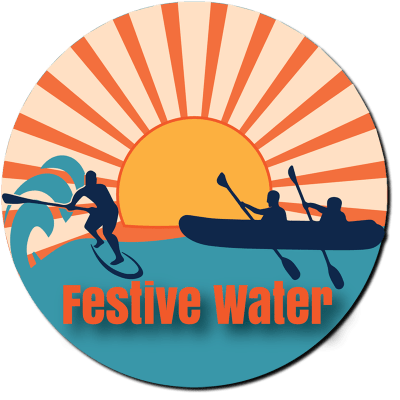Winter is quickly approaching, your paddling season does not have to end. Having the proper equipment can make an otherwise miserable day, quite comfortable and enjoyable. Here is a list of my essentials for paddling during winter weather.

Drysuit
Investing in a quality drysuit is worth every penny. Keeping yourself and your layers dry can go a long way towards keeping warm even in frigid waters. Proper drysuit care is a must. Make sure to rinse your drysuit off after every use and allow it to dry thoroughly before storing. Most people find it easiest to let the outside of the drysuit dry first, and then flip it inside out to dry the inside. Store your drysuit in a cool, dry place. If your drysuit is extra grimey, you can use a mild detergent or a drysuit specific tech wash.
I wear a NRS Nomad Gore-Tex drysuit for the coldest temperatures and an IR Farmer John wetsuit with a dry-top for more mild conditions.
Alternate 1
Dry-top and dry-pants
If everything goes right, this system can keep you dry even during a swim. I have found that everything rarely goes right. It is an option, but make sure to test your gear and know its limits before getting out on the water.
Alternate 2
Wet-suit
A wet-suit traps warm water against the body to provide warmth. If the temperatures are more mild, and the winds are low, this may be a suitable option for your trip.

Pogies
Pogies are a winter paddling staple. They attach securely to your paddle and provide you unhindered paddle control and warmth. If the conditions are bad, you can wear a light pair of neoprene gloves along with using the pogies to stay extra warm.
I use the Immersion Research Microwave Handwarmers and NRS Hydroskin gloves.
Gloves
There are some badass gloves available to paddlers nowadays. If you are using thicker gloves, I would recommend breaking them in before getting on the water.
Helmet Liner/Neoprene Cap
Its like neoprene for your head…. because it is. A little extra insulation under the helmet goes a long way. I use the NRS Hydroskin helmet liner.
Layers
Base layers underneath your dry gear are essential to staying warm. Polyester layers will provide warmth even when wet and do not easily saturate with water. Wool is an okay alternative, because it still retains heat when wet, but caution should be taken because it can saturate and hold water.
I use a NRS Lightweight or Expedition weight Union Suit as my base. I then layer on top with polyester long-sleeve tops and bottoms. If I am really cold, I will top this with fleece pajama bottoms and a fleece vest. I wear polyester liner socks, with fleece blend hiking socks to keep my feet warm.
Hand Warmers
Chemical hand warmers offer that added little bit of warmth. I stuff some in the pockets on my base layers. Be mindful not to let the hand warmers make direct or close contact with your skin. Hot Hands are my go-to brand, but I’ll snag anything I can find in a pinch.
Towel & Change of Clothes
Of course most people want to change when they get to the take out, but if things go wrong in the water and you get soaked, getting dry may be the best or only solution. I carry a dry bag with a towel and dry clothes in my kayak, just in case. Your ability to make good decisions quickly diminishes when the body is exposed to prolonged cold. Get dry and get warm ASAP.
H20
The body needs proper hydration to regulate your body temperature properly. Hydrate before, during and after your trip for best results.















